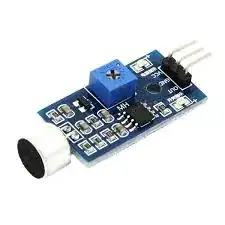As others have noted, the frequency range of the buzzer is given in the data sheet. This is a mechanical property, like the tone of a bell; you can't change it electrically. So if you really need to generate high frequency audio, you need a different type of device. Something like a speaker whose output is controlled by its input signal. You don't mention what you are planning on using this for, which might make a difference in your options. There are inexpensive piezo tweeters that work in this range, but they typically have very ragged frequency responses. Actually, most transducers in this range do, but dynamic types tend to be better, though more expensive and less efficient.
If you want to generate controllable high frequencies with Arduino, you might want to look at my open-source DaqPort sketch. This is intended to be controlled by a computer over USB and includes data acquisition as well as generation, but the oscillator portion can run as a stand-alone. The sketch is included with my Daqarta software, which is free for Arduino use. Daqarta includes the Arduino_Oscillators mini-app, which is described here: https://www.daqarta.com/dw_rrss.htm The oscillators are also used by the DaquinOscope mini-app https://www.daqarta.com/dw_rrss.htm which does simultaneous acquisition, but it uses the computer for display so it's not stand-alone.
Microphones should not be a problem; many inexpensive electrets can handle this range. But we really need to know more about your plans.

